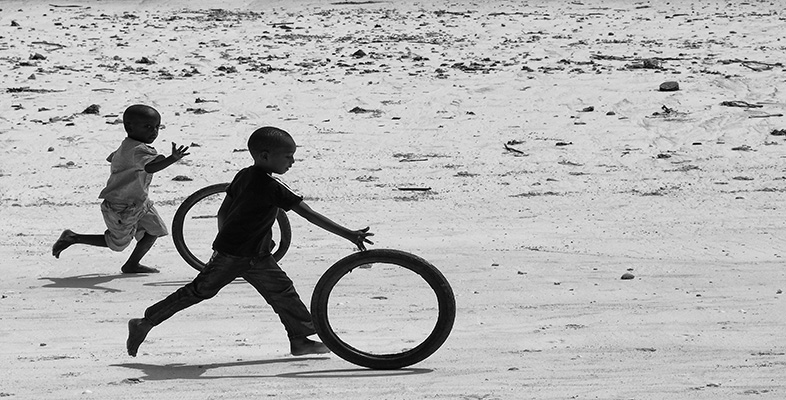4 Play and learning
‘In play, the child always behaves beyond his average age, above his daily behaviour.
In play, it is as if he were a head taller than himself.’
(Vygotsky, 1978)
Why are early years practitioners convinced about the value of play?
It is interesting that although writers are able to state what children may learn through play in terms of dispositions, knowledge, skills and attitudes, there is less written on why play rather than any other form of activity is particularly valuable to the young child and their developing brain. BBL begins to address the issues of ‘quality and play’, as Activity 4 explores.
Three teaching elements are said to arise from the principles underpinning brain-based learning taken from the Wilson and Spears article, which you read in conjunction with Activity 2:
orchestrated immersion in complex experiences
relaxed alertness
active processing (i.e. meta cognition).
There are many ways in which we can make judgements about ‘quality’ in early years settings including, for example, environmental factors, staff qualifications, staff turnover and the appropriateness of the programme provided. Most importantly, the learning experiences provided need to be developmentally and culturally appropriate in meeting children's needs. Additionally adults and children need to be able to interact with warmth in responsive and reciprocal ways.
To decide how you feel play can fulfil these criteria you should now go to Activity 4.
Activity 4
Observe a child engaged in what you would regard as high quality play.
As you do so, make notes describing the child's level of involvement, commitment, interest, perseverance and emotional state.
